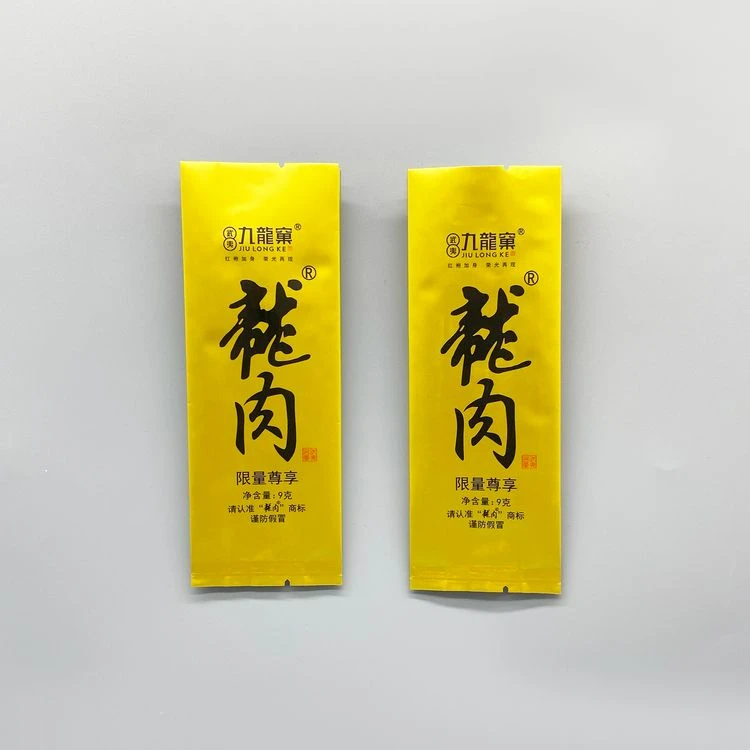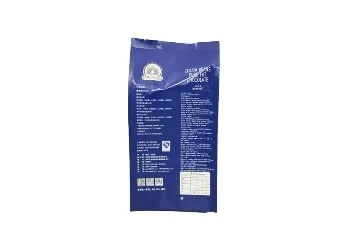Packaging bags are a fundamental component in the lifecycle of many products, playing a pivotal role in both preserving and promoting goods across various industries. Understanding the diverse types of packaging bags is crucial for businesses aiming to enhance their product presentation, ensure safety, and optimize environmental impact.

The range of packaging bags available today spans from simple, utilitarian designs to sophisticated, custom solutions.
A common and widely used type is the plastic packaging bag, known for its versatility and cost-effectiveness. Made from polyethylene or polypropylene, these bags are lightweight, durable, and resistant to moisture, making them ideal for protecting food products and consumer goods. However, concerns over environmental sustainability have prompted innovations and regulations within this sector.
As an alternative, paper packaging bags are increasingly popular, reflecting a shift towards eco-friendly solutions. Crafted from renewable resources, these bags are biodegradable and recyclable, which appeals to environmentally conscious consumers and meets many global sustainability standards. Their adaptability in terms of printing and finishing options also makes them an attractive option for brands seeking a premium look and feel.

For products marketed within the food and beverage industries, vacuum packaging bags offer exceptional preservation capabilities. By removing air and sealing contents tightly, these bags significantly extend shelf life and maintain product freshness. They are commonly employed for perishable items such as meats, cheeses, and coffee, providing an advanced solution to the challenges of food preservation.
In the realm of high-performance packaging, stand-up pouches have gained notable traction. With a bottom gusset that allows them to stand upright on shelves, these bags offer aesthetic appeal and functional benefits, such as resealable zippers and custom spouts. Their structure not only facilitates eye-catching display but also enhances user convenience, supporting brand reputation and customer satisfaction.
different types of packaging bags
Moving towards more specialized applications, anti-static bags serve a critical function in electronics packaging. These bags protect sensitive components from electrostatic discharge, which can otherwise lead to significant damage or product failure. Combining conductive materials with durable polymers, anti-static bags underscore the intersection of technology and innovation in packaging solutions.
Flexibility and customization are cornerstone traits of woven polypropylene bags. Sturdy, breathable, and resistant to wear, these bags are a favorite in the agricultural and construction industries for transporting heavy goods like grain, sand, or fertilizers. They exemplify the necessity of tailoring packaging to particular industries’ operational needs, thereby boosting efficiency and minimizing risks.
In response to the burgeoning demand for sustainable options, compostable packaging bags have emerged. Engineered from materials like polylactic acid derived from cornstarch, these bags break down naturally, reducing landfill waste and promoting environmental stewardship. They reflect a growing consumer preference for products that align with eco-values, emphasizing a sustainable future.
The choice of packaging bags is more than a logistic consideration; it wields significant influence over brand image, product safety, and consumer trust. Each type of bag caters to specific requirements, fostering uniqueness in product presentation and aligning with contemporary consumer attitudes toward sustainability and innovation. As businesses navigate the complexities of the global marketplace, investing in the appropriate packaging is a strategic decision that echoes through the value chain, shaping consumer perceptions and driving success.